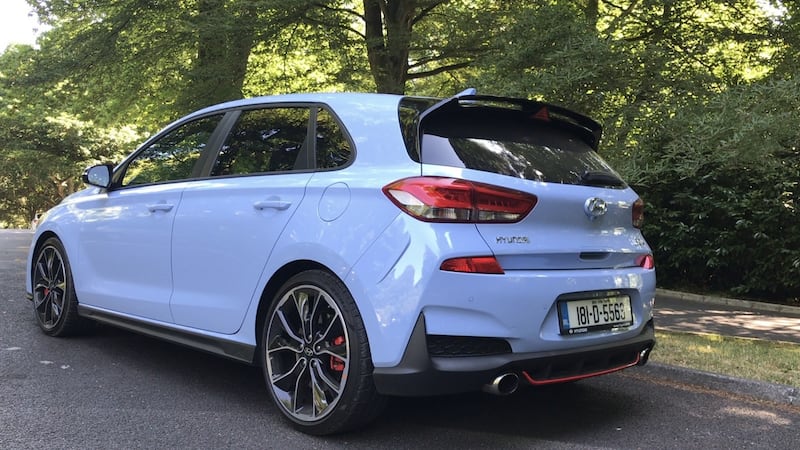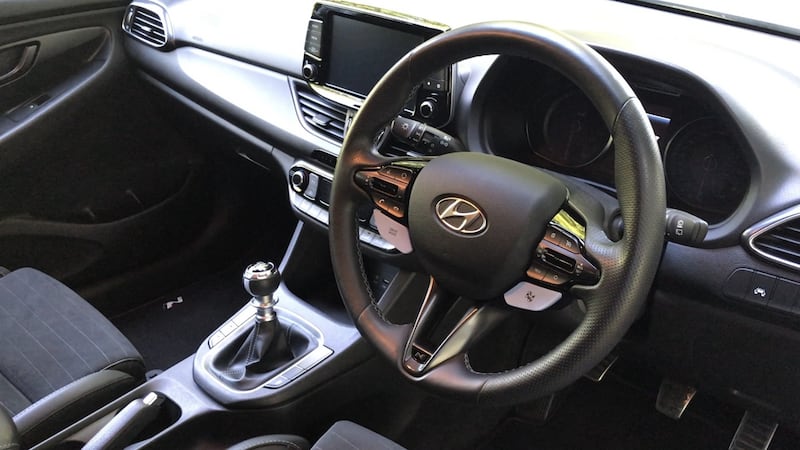If you were to compile a list of the worst cars of all time (and yes, that’s exactly what I like to spend my Saturday nights doing…) the Morris Marina would be at the top. Or at least as close to the top as it could get before another mechanical failure stymied its progress.
The Marina was supposed to be the great white hope of British Leyland. In fact, the cheaply-built, poorly-designed, appallingly-constructed saloon was one of the biggest of the multitude of torpedoes that eventually sank the Leyland dreadnought.
Fifty years ago this year, it all seemed so different. There were literal fanfares and breaking of Champagne bottles to announce the creation of one of the biggest car companies in the world. British Leyland was the conglomeration of the British Motor Holdings (BMC, which included the likes of Austin, Morris, Riley, Jaguar, and Wolseley in its stable, and which made such iconic cars as the Mini, E-Type, and the Morris Minor) and Leyland Motor Company, which aside from myriad heavy trucks and vans, also included Rover, Land Rover, Triumph, and Standard.
It should have been a 1970s version of the Volkswagen Group – sprawling, certainly, but stuffed with star brands and some genuinely exceptional cars – but instead crucified itself on a cross of some awful designs, short-sighted mismanagement, industrial turmoil, and an almost total lack of what we would understand today as quality control.
Behemoth
Such things are not issues for Hyundai. Unquestionably, the Korean behemoth has had its share of problems in labour relations, the odd quality glitch, and some deeply unappealing cars during its growing phase, but today it is one of the biggest, and most successful of carmakers, with a range that's beating more established mainstream rivals to the punch and it's hammering home that point by introducing its first proper performance model: the i30N.

Now, Hyundai has made sporty cars before (the old Coupe model, the Veloster) but not like this. To see just how different it is, get up close to an i30N and crouch down low in front of the bumper, and peer into the corner. You’ll see that the opening for the air vent carries on right through, creating an “air curtain” effect which smooths out the airflow over the front wheels. It’s F1-style trick aerodynamic stuff, this, and it’s now appearing on a humble Hyundai.
Well, humble is a relative term. The i30N is swinging, Jake LaMotta-style, for the VW Golf GTI and it’s doing so with the power of a 275hp turbocharged 2.0-litre four-cylinder T-GDI engine which can propel it to 100km/h in just 6.4secs. That engine drives the front wheels through the “N Corner Carving Differential” which, awesome name apart, helps the tyres to bite harder under power, and so haul this once-prosaic family hatch through corners at an unseemly rate.
So, what possible connection could there be between this rapid-fire hot hatch, and probably one of the worst car ever made? Simple – the Marina is the i30N’s grandfather . . .
Disillusioned with the hopeless practices of British Leyland, one of its stars – Morris division managing director George Turnbull – decided he'd had enough and jumped ship. He was tempted by an offer from Hyundai, founded by Chung Ju-Yung in 1947 and which had begun making cars only in 1967.
By 1974, Chung’s ambition had reached the point of wanting to create Hyundai’s first home-grown model, the Pony, and Turnbull accepted the offer to head up the new project. He actually brought a couple of Marinas with him to Korea, partially to show Hyundai how to create a mechanically simple, affordable, car (which was always the intent behind the Marina) but doubtless also to point to one and say “not like that, lads”.

Speaking to the BBC in 1976, Turnbull said: “The attitude to carmaking here is that it’s very much a team effort, and that’s the big difference between Korea and the UK.” He also went on to point out how problems such as the Marina’s dreadfully gappy panel fit would simply not be acceptable in a Korean factory. The Pony was a success, Hyundai’s car making story was up and running, and history began to unfold.
Fast forward to 2015 and Hyundai once again decided that it needed a little bit of European expertise and so turned westward to seek inspiration for its first ever proper performance car.
This time it scooped up Albert Biermann, legendary engineering chief of BMW's M-car division. His task? Simple in concept if not in scope – take a Hyundai i30 hatchback and turn it into a performance car worthy of comparison with the best from Europe and Japan.
Setting up shop at the Nurburgring race track in Germany (where the i30N's name comes from, as well as Hyundai's Namyang prototype centre in Korea, and doubtless from the fact that it's one more than M…) Biermann set about the i30 with gusto. The suspension was lowered by 8mm, widened, and fitted with electronically adjustable dampers. There's a new six-speed gearbox, that clever front diff, 19-inch wheels wrapped in Pirelli P-Zero tyres, and a trick aero package. Inside, there are new instruments, a menu for the touchscreen which can display lateral and longitudinal acceleration and braking, high-backed sports seats (with a faint hint of 1980s Porsche-style pinstriping) and a flat-bottom wheel.
Stability control
There are also two buttons on that steering wheel, painted a light blue to match the pastel-hued exterior. One allows you to toggle between Sport, Comfort, and Eco driving modes. The other, emblazoned with a chequered flag, switches on “N” mode – the stability control is wound back, the steering weights up, the suspension is put into DEFCON 1 mode, and the engine goes to Spinal Tap 11 noise settings, helped by a speaker under the windscreen.

Stamp hard on the throttle and, even without using the launch control function, the front Pirellis squirm for a second before the i30N catapults up the road. The six-speed manual gearbox has a wonderfully hefty, notchy action (although it gets a little less precise when you rush it) and, watching the gearchange lights spiral from amber to red, you lift your foot from the throttle and snatch for the next cog. Ka-pow! That turbo 2.0-litre dumps some unburned fuel into the red hot exhaust, creating a sound effect that momentarily makes you think you’re being chased by some motorised artillery division. It’s like no previous Hyundai, that’s for sure.
The i30N doesn't have the manic, high-velocity performance of the Honda Civic Type-R (it is some 45hp down on the Civic, but also some €12,000 cheaper) but it's certainly a match for the likes of the Renault Megane RS, and the VW Golf GTI in performance terms, and knocks on the door of the mighty 310hp VW Golf R.
Is it as good as the Golf, though? Almost, but for me not quite. Although it's comfortable as long as you're not in N-mode, the i30N doesn't ride bad roads with the tolerance of the Golf (nor the Civic, for that matter) and it does torque steer noticeably. Also, although well-made, the interior doesn't have the classy finish of the meisterwork from Wolfsburg. And I don't think that the steering, good though it is, is quite so sweetly balanced. It is a fraction cheaper than the nearest-spec Golf GTI, though.
On the roads out in Co Meath it felt fast, fluent, and fun. We were on our way to bring the i30N to meet is grandparent. A very nice chap called Mark (who didn’t want us to reveal any more details about him nor his address, and if you saw some of the other cars he has tucked away in his barn, you’d understand why…) had found and bought one of the oldest Morris Marinas in existence, one of the cars actually built as launch-stock, before it had been officially revealed to the public.
Its plain shape, in a bright red paint finish, looks perhaps slightly nicer now than it did when launched, but up close you can still see the quality glitches and cavernous panel gaps that so blighted the Marina when it was new. This car is an excellent example, in exceptional condition – they really were just all like that.
Perhaps it’s as well they were. If the Marina had been properly built and successful, George Turnbull might never have got the hump and upped-sticks to Korea, and Hyundai might never have grown and succeeded. And might never have decided that another European genius was just what it needed to create a line of sporting machines, appropriate to a car maker of its ambition.
The worst car in the world, eventually, gave us one of the best.
Many thanks to Andrew Ryan for this help with this piece.
The lowdown: Hyundai i30N
Price: €39,995 as tested.
Power: 275hp.
Torque: 353Nm (378Nm on overboost).
0-100km/h: 6.4sec.
Top speed: 250km/h.
Claimed economy: 40.3mpg (7.0 litres/100km).
CO2 emissions: 159g/km.
Motor tax: €570.
Verdict: Hyundai's come a long, long way and the i30N is the pinnacle of its achievements.
Our rating: 4/5









